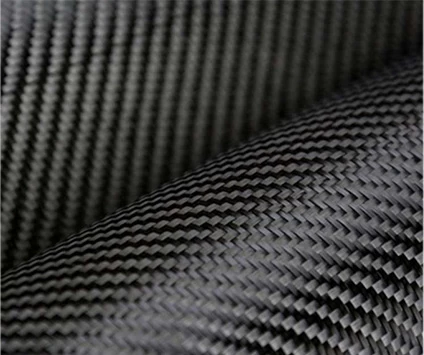Choosing the Right Exterior Wall Sheeting: A Comprehensive Guide to Optimal Performance and Aesthetics
When it comes to constructing or renovating a building, the choice of exterior wall sheeting is crucial. It not only affects the structural integrity and energy efficiency of the building but also plays a significant role in its aesthetic appeal. With a myriad of options available in the market, understanding the best exterior wall sheeting for your specific needs can be overwhelming. This article delves into the various types of exterior wall sheeting, their benefits, and considerations to help you make an informed decision.
Understanding Exterior Wall Sheeting
Exterior wall sheeting serves as a protective layer for buildings, providing structural support and insulation while also enhancing the overall appearance. It acts as a barrier against weather elements, moisture, and pests, ensuring the longevity of the building. The choice of material can significantly influence energy efficiency, maintenance requirements, and installation costs.
Types of Exterior Wall Sheeting
- Plywood Sheeting
- Overview: Plywood is a popular choice due to its versatility and strength. It is made from thin layers of wood veneer glued together, providing excellent structural support.
- Benefits: Plywood is relatively inexpensive, easy to work with, and offers good insulation properties. It can be finished with various exterior materials, such as siding or stucco.
- Considerations: Plywood is susceptible to moisture damage if not properly treated or sealed, which can lead to rot and mold.
- OSB (Oriented Strand Board)
- Overview: OSB is engineered wood made from strands of wood that are oriented in specific directions and bonded with adhesives.
- Benefits: OSB is cost-effective and provides good structural integrity. It is also more resistant to warping compared to plywood.
- Considerations: Like plywood, OSB can absorb moisture, which may compromise its structural integrity over time if not adequately protected.
- Fiber Cement Board
- Overview: Fiber cement board is a composite material made from cement, sand, and cellulose fibers. It is known for its durability and resistance to various environmental factors.
- Benefits: This material is fire-resistant, rot-resistant, and impervious to termites. It also offers a wide range of aesthetic options, mimicking wood or stucco finishes.
- Considerations: Fiber cement board can be heavier and more expensive than wood-based options, requiring careful handling and installation.
- Vinyl Siding
- Overview: Vinyl siding is a popular choice for residential buildings due to its low maintenance and variety of styles.
- Benefits: It is resistant to moisture, does not require painting, and is available in numerous colors and textures. Vinyl siding is also lightweight, making it easy to install.
- Considerations: While durable, vinyl siding can become brittle in extreme temperatures and may fade over time.
- Metal Sheeting
- Overview: Metal sheeting, often made from aluminum or steel, is increasingly used in modern architecture for its sleek appearance and durability.
- Benefits: Metal sheeting is fire-resistant, low-maintenance, and can withstand harsh weather conditions. It also offers excellent insulation when combined with appropriate backing materials.
- Considerations: Metal can be prone to denting and may require additional insulation to prevent heat loss.
Key Considerations When Choosing Exterior Wall Sheeting
- Climate and Weather Conditions
- The local climate plays a significant role in determining the best exterior wall sheeting. For instance, areas with high humidity may benefit from moisture-resistant materials, while regions prone to wildfires may require fire-resistant options.
- Building Codes and Regulations
- Always check local building codes and regulations, as they may dictate specific materials or installation methods that must be followed.
- Aesthetic Preferences
- The exterior appearance of a building is essential for curb appeal. Consider how different materials can complement the architectural style of your building.
- Budget Constraints
- While some materials may offer superior performance, they may also come with a higher price tag. It’s essential to balance quality with budgetary limitations.
- Installation and Maintenance
- Consider the ease of installation and long-term maintenance requirements. Some materials may require professional installation, while others can be DIY-friendly.
Conclusion
Choosing the best exterior wall sheeting is a multifaceted decision that requires careful consideration of various factors, including material properties, climate, aesthetics, and budget. By understanding the advantages and disadvantages of each option, you can select the most suitable exterior wall sheeting that meets your building's needs while ensuring durability and visual appeal. Whether you opt for the classic charm of plywood, the modern look of metal, or the low-maintenance benefits of vinyl, making an informed choice will contribute to the overall success of your construction or renovation project.

Average Rating